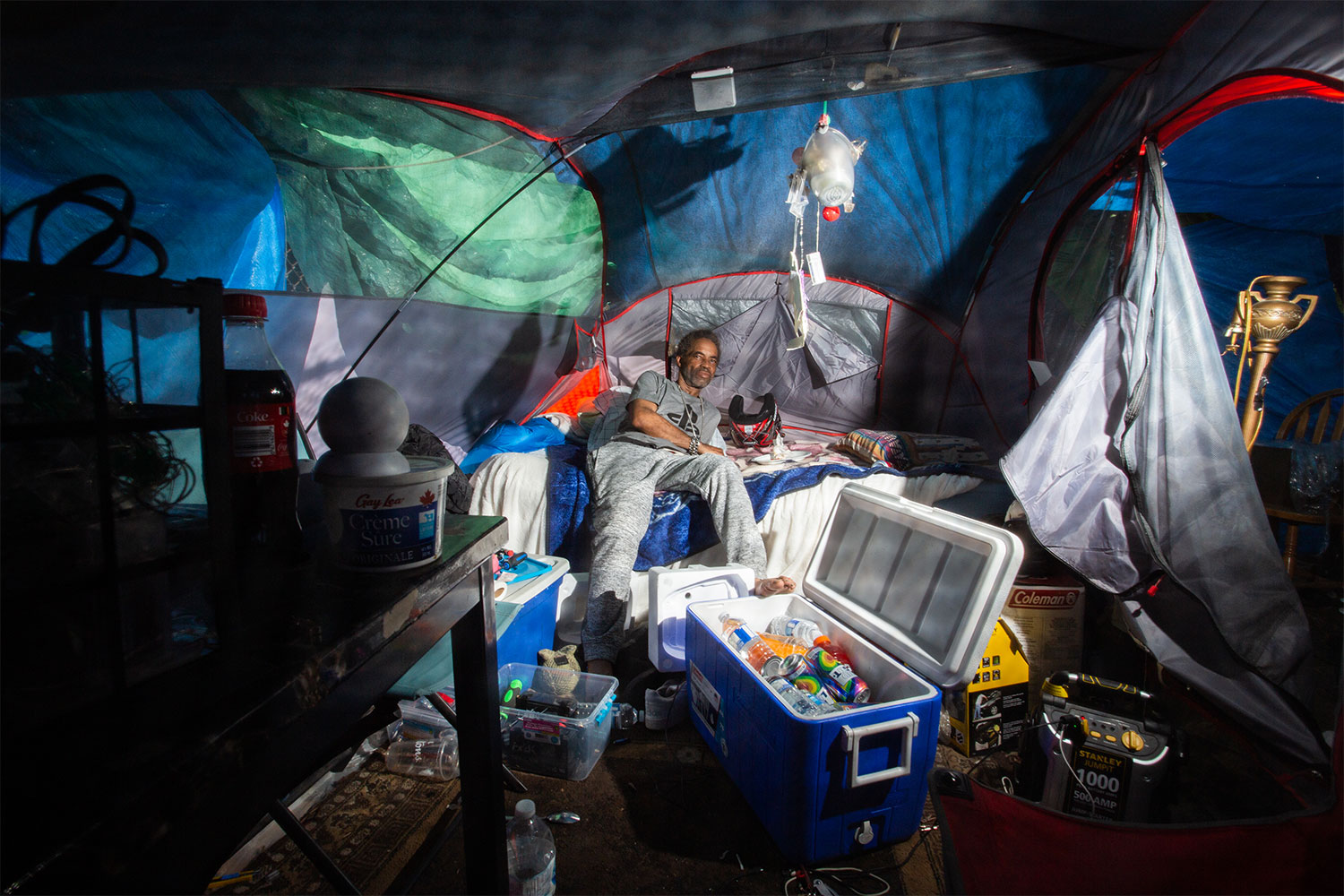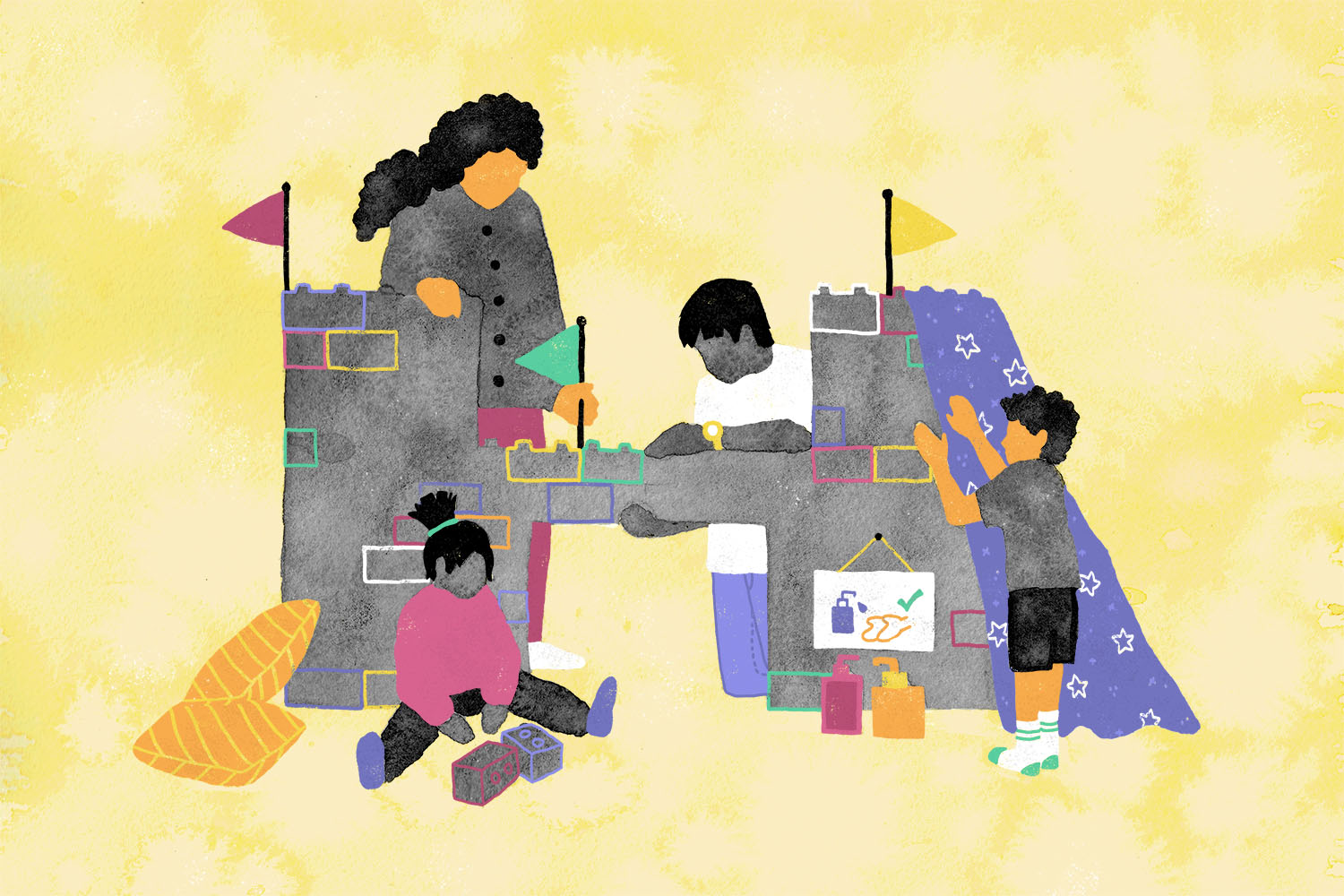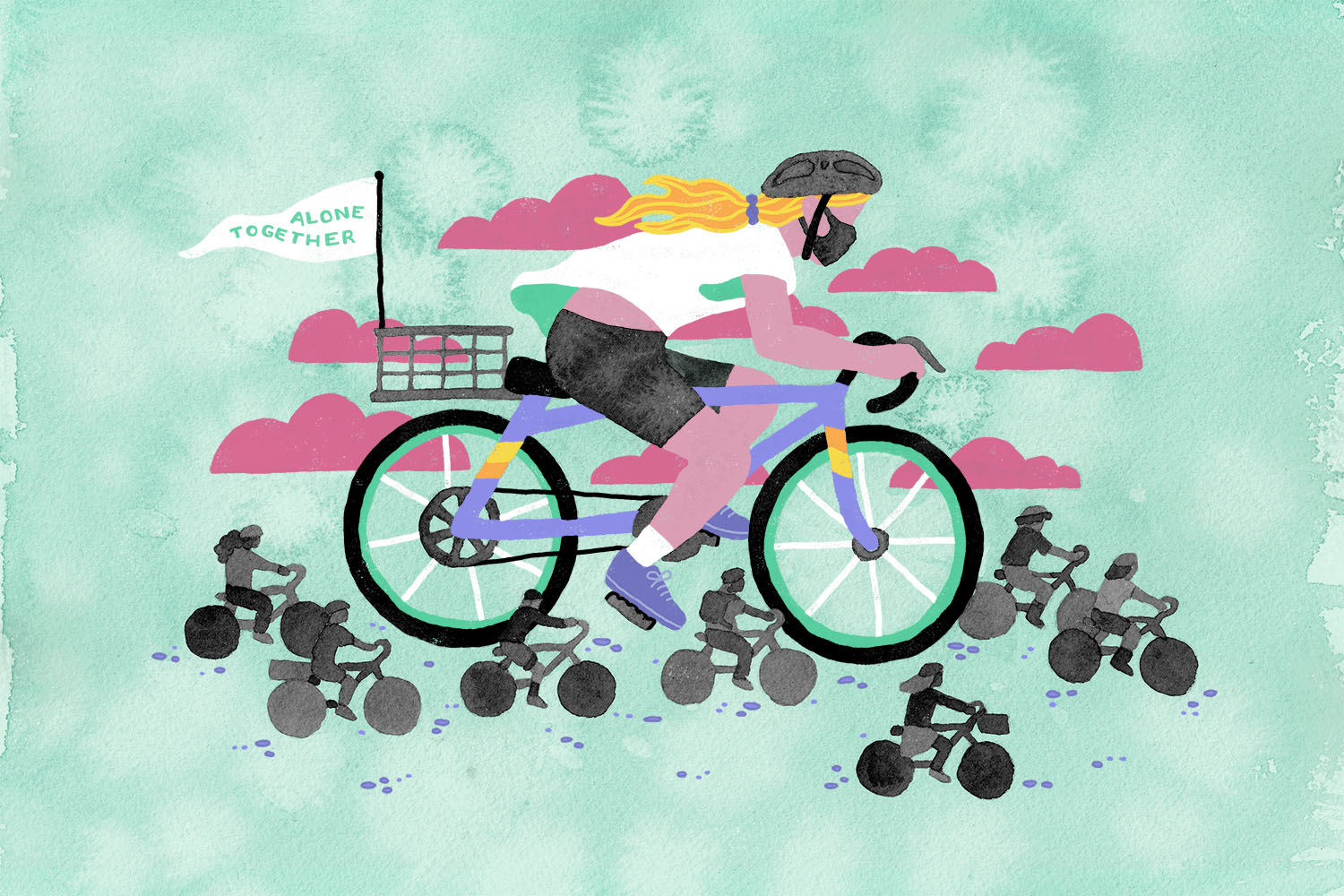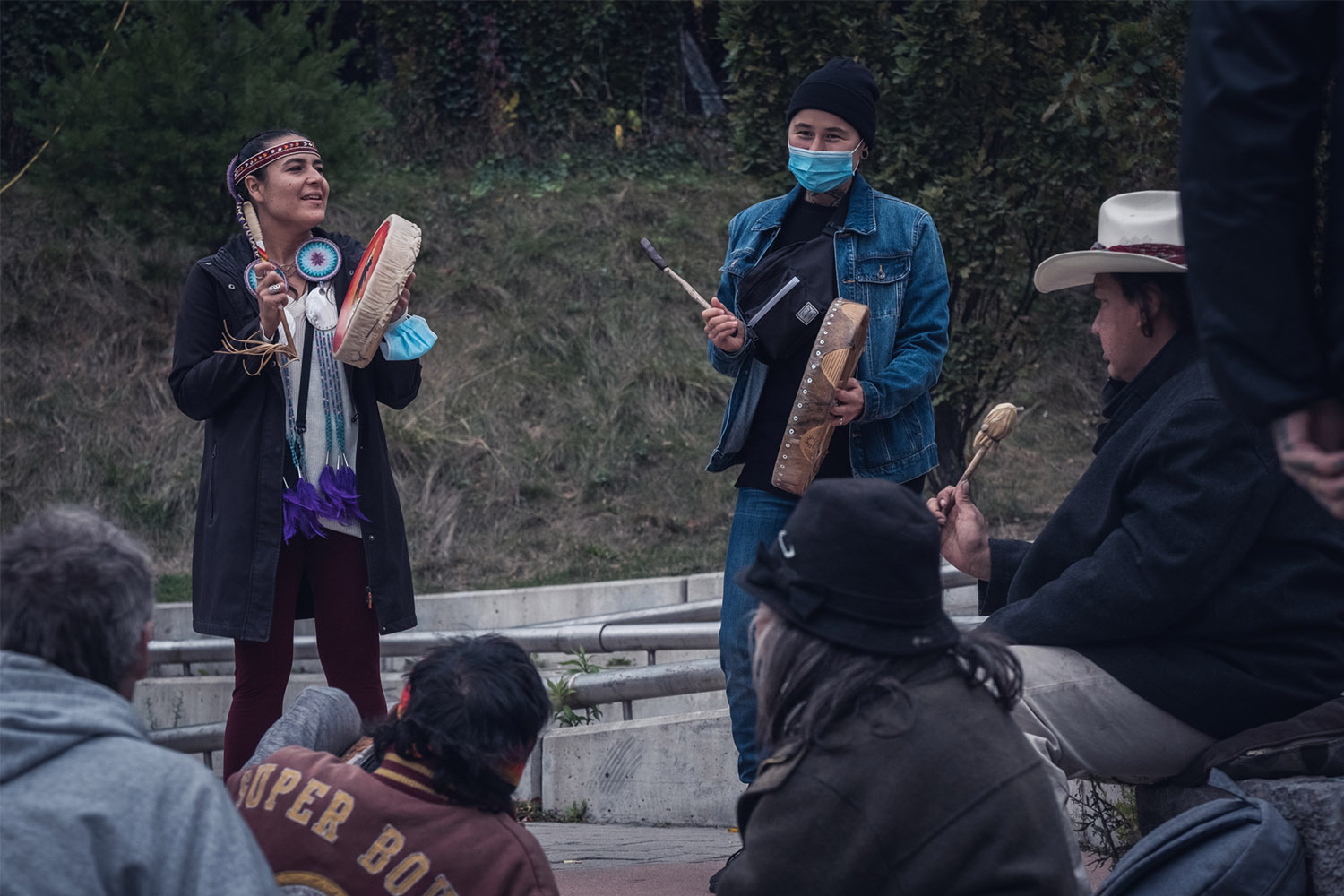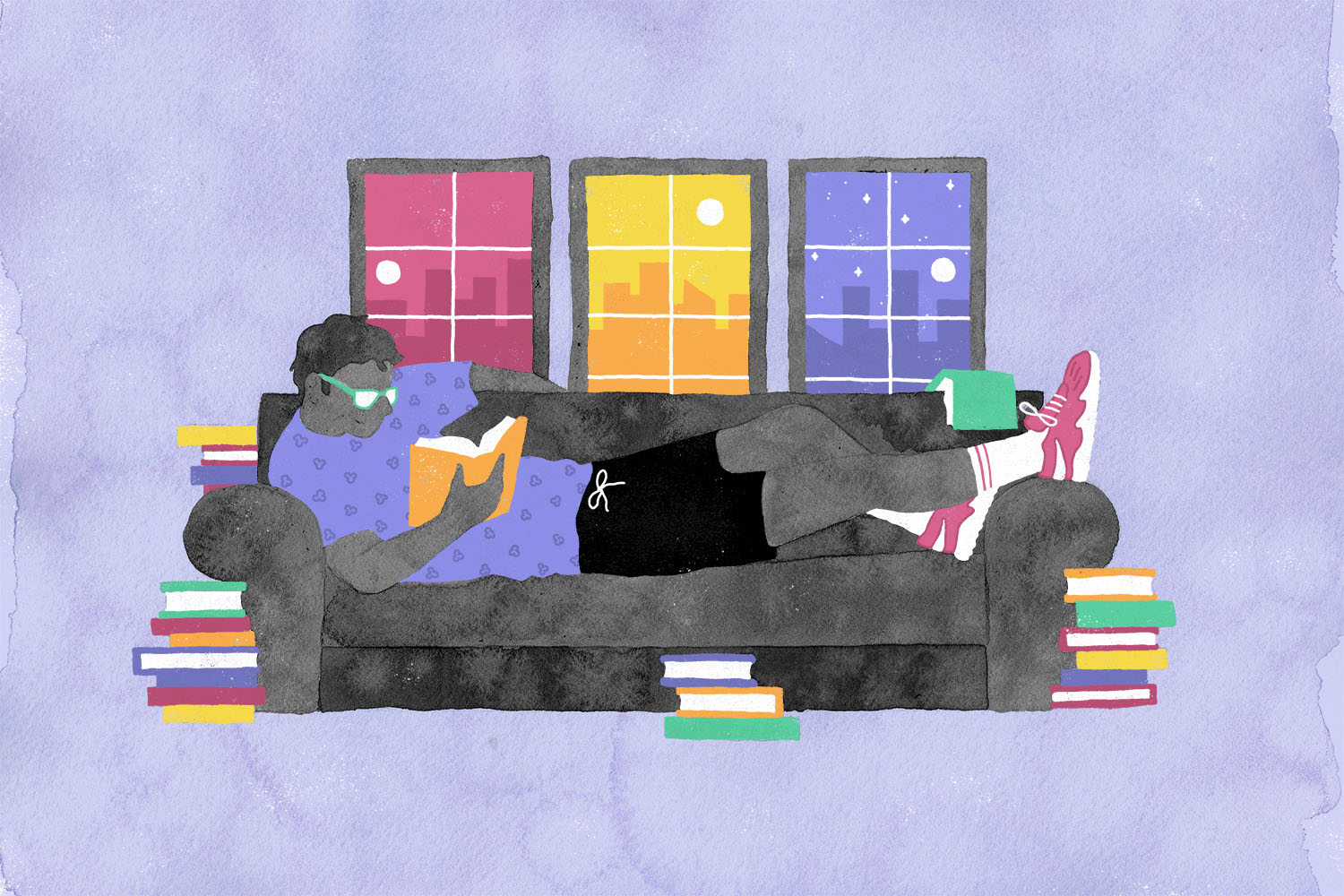
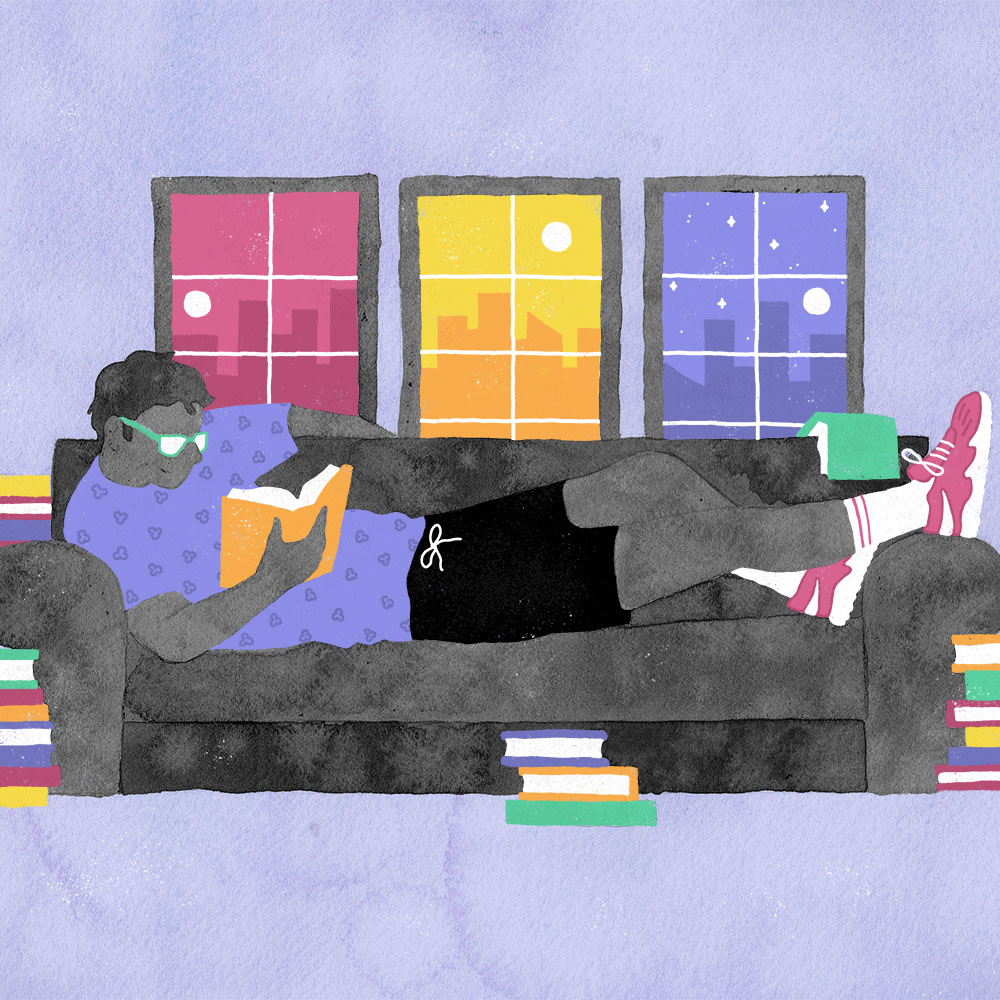
Béla Tarr’s 439-minute film Sátántangó (1994) opens with a seven-and-a-half-minute shot of some cows lingering in the mucky pasture of a busted farm somewhere in rural Hungary. A year ago, such a sequence, seen from the comfort of my preposterously comfy sectional, might have stirred in me a great sense of boredom. But a year into a global pandemic which has left me mostly puttering around the perimeter of my 500-square-foot apartment or laid prostrate on the above-mentioned sectional, the sequence stirred in me a certain sassiness. Like: “Seven-and-a-half minutes of livestock milling around? I can do that standing on my head. Is that all you got, you muddy, Hungarian cows?”
A few months into the COVID-19 pandemic, I began noticing that time had become elastic. Days and weeks seemed interminably long, while, at the same time, they seemed to pass incredibly quickly. An hour between 2 and 3 p.m. would seem like a year and then, like nothing, I’d be wondering, “Is it September? Already?”
In a normal year, even the accrued boringness of daily routine typically feels like it’s building towards some crescendo: a holiday, a weekend, a fun meal, some change in the tenor of daily life. This year, such changes were in short supply. So I sought to impose them. There were The Weeks I Started Running A Lot and The Week I Ran Afoul of Anne Of Green Gables Fans Online. There were The Months I Boned Up On My German, which is coming along, albeit slowly. The German word for “slowly” is langsam, from lange and sam, meaning, roughly, “in the possession of length.” I like this, as a word. Nowadays time is moving slowly and seems to possess a great deal of length.
Somewhere around mid-summer, I was researching the work of Andrei Tarkovsky, the Russian filmmaker who was rather obsessed with time. He believed that time was the essential material of cinema, an idea articulated at length in his 1985 book titled, appropriately, Sculpting In Time. Time isn’t just a fixed measurement of minutes and days and months. It’s a thing that can be felt, and experienced. A tantalizing idea, especially for someone with so much time at hand, and so little to make of it.
So, to cleave this length into manageable tranches, I began sculpting my own time, with books and movies that were long and unruly. The pandemic, after all, had robbed me of the one excuse I had relied on for not getting around to all the stuff sooner: that I didn’t have enough time.
Sátántangó is conceived of almost as an experiment with time. “I despise stories,” Béla Tarr has said. “They mislead people into believing that something has happened. In fact, nothing really happens as we flee from one condition to another.” For Tarr, “all that remains is time. This is probably the only thing that’s still genuine—time itself; the years, days, hours, minutes and seconds.”
When it is shown at all, Sátántangó is generally presented in limited theatrical runs broken up by intermissions. If Tarr had his druthers, I think he’d prefer it shown in one unbroken brick, in a locked cinema, with guards posted at the exits to menace anyone thinking of ducking out to the toilets. I watched it split over three nights, interrupted by sleep and work and the Super Bowl. Still, even in more manageable chunks of two-or-so hours, I was moved by the commitment to the bit. Tarr wants to make you feel time, in all its punishing slowness. In what struck me as an absurdist punchline, the film ends more or less where it began—and so suggests that, narratively at least, our protracted investment in its action didn’t amount to much at all. It’s sort of a mean joke. But, I liked it.
As the world beyond my sectional shifted and burned, and America’s flailing Republican leadership surpassed even my generous expectations about the depths of their cruelty and stupidity, I cracked Reaganland, historian Rick Perlstein’s latest phonebook-sized accounting of modern American conservatism. Weighing in at some 1100-plus pages, it tracks the conservative movement’s consolidation around Ronald Reagan in the mid-to-late 1970s, featuring nasty characters like the scheming Goldwaterite Richard Viguerie and the orange juice pitchman turned public-facing homophobe Anita Bryant. Perlstein’s density and depth of research is balanced by his breezy wit and sense of humour. And the book proved essential not only in informing America’s conservative past, but its present. As thousands gathered in Washington to raid the Capitol in Trump’s name, Perlstein’s analyses of how political hacks can capably maneuver voters against their own interests carried a dark lesson: same as it ever was.
Thomas Pynchon’s 773-page Mason & Dixon was the counterpoint to Perlstein’s chronicle of political despair. Following the titular cartographers Charles Mason and Jeremiah Dixon—from the journeys around the Cape of Good Hope, to their lengthy expedition in pre-Revolutionary America to chart a contested borderline between Pennsylvania and Maryland, to their twilight years back in their native England—the book is a true epic in sweep and scope. I took in the book daily, with something like scheduled rigour: some pages with my morning coffee, some before bed, some midday to break up the tedium of doing not much else.
Beyond merely spanning a great deal of time, Mason & Dixon has a lot to say about how we think about it. Its story of explorers demarcating literal borders is also about more symbolic borders: the moral perimeter dividing the Union and America’s slave-owning Confederate South, yes, but also the historical fissure between the Age of Enlightenment and all that preceded it. We tend to think of these man-made epochs as being clearly delineated, like periods of geologic time. The emergence of one forecloses another. It seems to me that we are, in the midst of a world-historic global pandemic, in a sort of interregnum between such epochs, between a post-COVID world and what we’ve begun calling, echoing the language of apocalyptic sci-fi stories, “The Before Times.” In Mason & Dixon, Pynchon insists that these splits in history aren’t so hard and fast, and that the values and ideas of previous epochs are woven into our contemporary moment.
In the telling of his tale, Pynchon is always eyeing those moments where alternate paths could have been taken, when alternative identities can redirect the flow of time and history. The book abounds with talking dogs, ghosts, horny mechanical animals, masters of feng-shui, and gaggles of Quebecois nuns. These are forces and characters that exceed the dull, Enlightenment rationality that is seizing the world of Pynchon’s novel, and now defines our own. In Pynchon, the seemingly tedious diversions and endless longueurs are the meat of the work, inviting our contemplation of alternate ways of thinking and feeling—whole other possible arrangements.
There’s a measure of optimism here that’s buoying in our pre-post-COVID times: the idea that historical periods don’t shift and scrape like massive tectonic plates. They, too, can be sculpted: shaped by people and movements that can seize destiny, if only they’re lucky enough to catch it passing. For all its gloominess, Pynchon’s literature expresses the idea that the future is never a fait accompli.
As the lockdowns persisted and the immediate possibilities of the outside world shrunk, I committed more time to Thomas Pynchon: reading and re-reading a number of his books, along with a mess of critical and academic writing. It was nice to have the time to really feel like I was getting to know someone’s work, living inside their mind, and letting it shape me. I guess that probably sounds a little gross and intimate. But it kind of is. And beyond serving as some substitute for the lost art of socialization, such relationships served as a lifeline during the pandemic. Pynchon’s rather notorious reclusiveness also proved strangely comforting in a period that made a lot of us de facto recluses. It’s something of a cliche that art is really a communion between two people. When the artist has deliberately subtracted themselves from the equation, the art itself becomes the thing we commune with; a living thing, sentient and feeling, like some weird alien intelligence.
Which brings me, in my own, desultory way, to the arguable highlight of my extended and still-ongoing lockdown: Rainer Werner Fassbinder’s Berlin Alexanderplatz, which Susan Sontag once hailed as “the long film.” It was how I began the new year, ceremonially marking my continued commitment to the exploration of time and its infernal length.
Adapted from Alfred Döblin’s 1929 modernist novel, and running some fifteen-plus hours, it’s a low-life epic of an entirely different stripe than Mason & Dixon, or even Reaganland. It’s the story of Franz Biberkopf (played by the dollopy Günter Lamprecht), a murderer released from prison, attempting to reintegrate himself into a society that is rapidly shifting, struggling to outwit the schemers, pimps, and creeps that comprise his social circle. We watch, hour by hour, as Biberkopf finds love and loses it, hawks shoelaces and Nazi newspapers, brawls with socialists, loses an arm in a heist gone awry, stalks Berlin’s seedy backstreets, and rolls around on his mighty belly in a flop house bedroom. Yet as the picture of Biberkopf comes into focus over time, he becomes only more unknowable. What develops is not an especially sympathetic or “relatable” portrait, but a deeply human one. Here is a whole life, apprehended in all its complexity and elusiveness. When it was all said and done, I felt like I knew Biberkopf, in that same way you can know anyone: only ever incompletely.
Fassbinder saw the epic project as the culmination of his life’s work and, indeed, of his life. In their biography of the director, Love Is Colder Than Death, Robert Katz and Peter Berling recount the director’s intense obsession with Döblin’s novel. “An enormous part of myself, my behaviour and reactions, almost all of what I had thought was me, the me-ness of my existence,” he says, “was nothing more than what Döblin had described in Berlin Alexanderplatz. Without realizing it, I had, quite simply, made Döblin’s fantasy my life.”
Fassbinder was a notorious blowhard and bastard, and his accounts of his life and work should likely be tempered accordingly. All the same, reading his biography in bed in the hours after completing Alexanderplatz, this rationale struck me as intensely moving. It speaks to the ways in which art can give shape to our lives. And not just in the way that it can help us mark time, or permit us an excuse to fritter away an hour or fifteen. It can totally make us, and define the contours of who we are, and how we fit into a world that seems in stasis outside our windows.
It’s a nice thought, for sure. And I’ll hold it close to me as a souvenir of this godawful pandemic. Especially because, if and when the world reopens and we can reenter that stream of socialization and human interaction that I miss so dearly, I can’t imagine any of my friends or coworkers caring one iota about all the long books and movies I watched while cooped up indoors. Everything—the look of dopey glee on Franz Biberkopf’s face as he saunters into a bar and orders three beers and a kümmel for himself, Pynchon’s warnings against the draining of mystery in the world, the blood-boiling anecdotes about the godawful Anita Bryant, even those sluggish Hungarian cows—it’s more than a mere substitute for experience in a long, pandemic year. It’s part of the me-ness of my existence.


